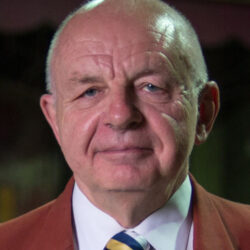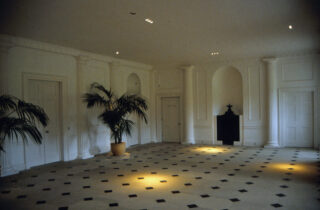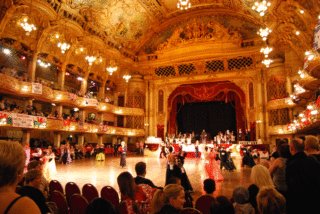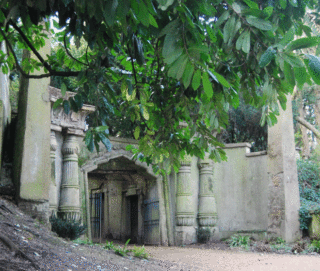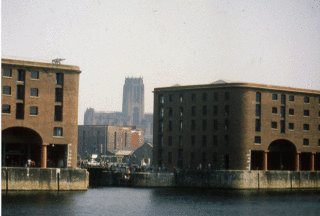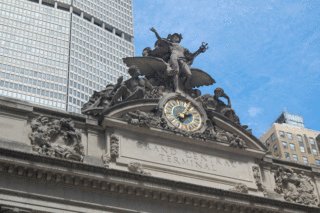About The Speaker...
Mike Higginbottom has lectured in social and architectural history for university departments of continuing education and for the Workers’ Educational Association since the early 1970s and for the Arts Society (formerly NADFAS) since 2005.
He has conducted leisure-learning residential programmes on country houses, theatres, the seaside, waterways and railways, cemeteries and sewerage, and the cities of Bath, Birmingham, Chester, Chicago, Hull, Leeds, Liverpool, Manchester, Sheffield, York and New York and in the Isle of Man.
He runs heritage bus tours in Sheffield in conjunction with the South Yorkshire Transport Museum.
He is the author of Demolished Sheffield (2022) and maintains a blog about historic buildings, places and towns on his website, www.mikehigginbottominterestingtimes.co.uk.
About Their Talks...
Mike Higginbottom lectures to Arts Society groups, historical societies and colleges on architectural and social history. Lectures last one hour; study-days consist of up to three lectures, with or without relevant site-visits if appropriate
Sheffield local history topics: Demolished Sheffield, A Look Round Attercliffe, Sheffield’s Cinema Heritage
Transport history topics: Waterways and Railways across the Derbyshire Peak, Waterways and Railways across the Northern Pennines, Waterways and Railways between Thames and Severn
Social and architectural history topics: English Country Houses – not quite what they seem, St Pancras Station, Liverpool’s Heritage, Manchester’s Heritage, Birmingham’s Heritage, Fun Palaces – the history and architecture of the entertainment industry, All the World’s a Stage: the development of theatre buildings, Dream Palaces: an introduction to cinema architecture, Away from it all: the heritage of holiday resorts, Beside the Seaside: the architecture of British coastal resorts, Blackpool’s Seaside Heritage, Yorkshire’s Seaside Heritage, Victorian Cemeteries, Temples of Sanitation (alternative title ‘Victorian Sewerage’), The Big Apple – the architecture of New York City, Windy City – the architecture of Chicago, Gothic Down Under – English Architecture in the Antipodes, Survivals and Revivals – past views of English architecture
Fee:
Determined by size of audience and distance travelled from my base in Sheffield. Minimum fee £75.00.

